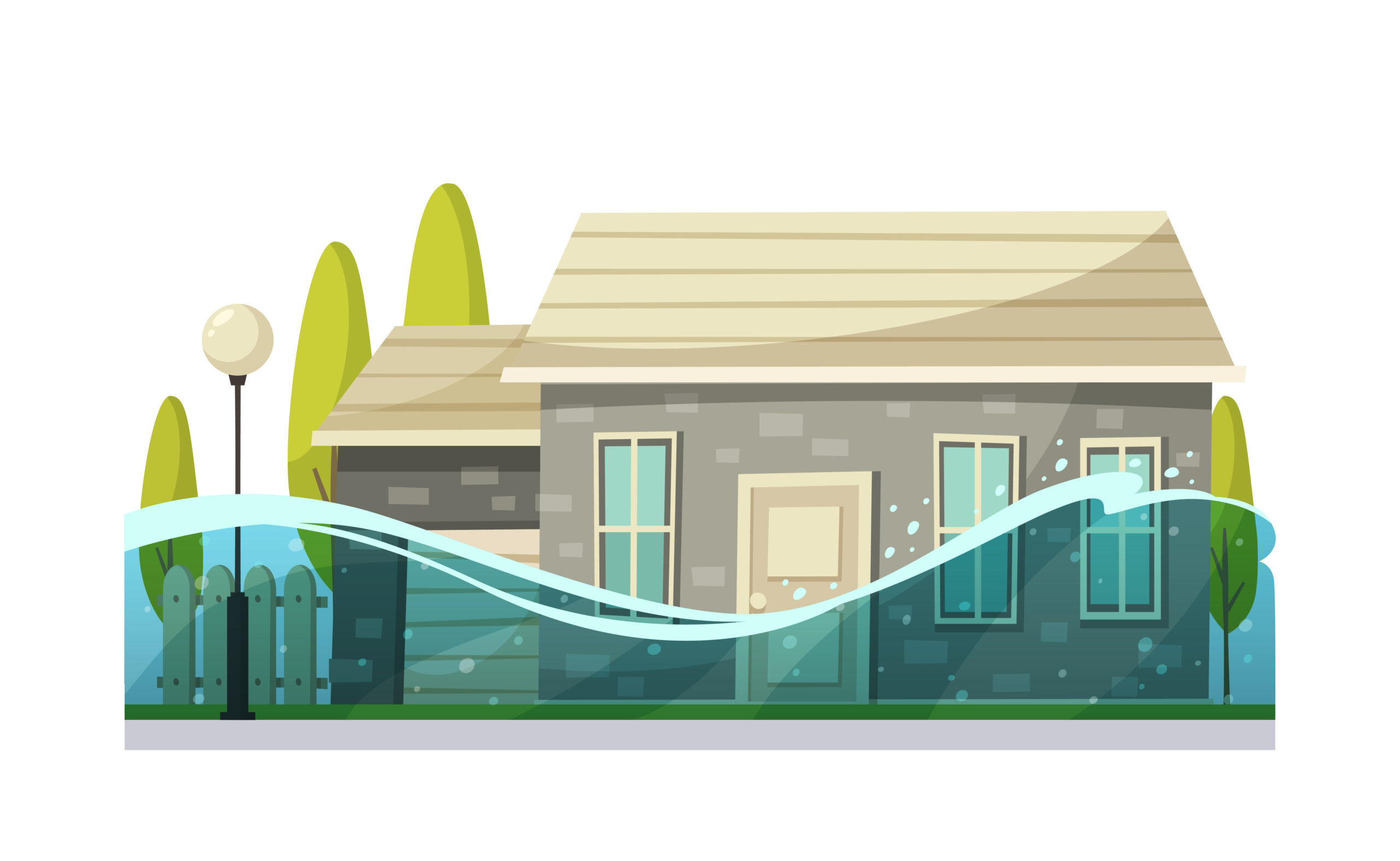Any animal has the potential to bite a human, regardless of whether they are home pets or a wild animal. Therefore, it is critical to know how to provide first aid for animal bites and seek emergency urgent medical care.
Facts on Animal Bites
There are many types of animals that bite both adults and children. Dogs, cats, hamsters, raccoons, ferrets, squirrels, and the list goes on. In most cases, animal bites are from the family pet.
Animal bites can break a person’s skin. Some bites can acquire infections, some need stitches, while others can heal on their own. The primary concern with animal bites is uncontrolled bleeding and infection. And on top of that is rabies.
Rabies can be transmitted through rabid animal bites. The majority of rabies cases reported in Australia are from wild animals. However, it is important to remember that even your friendly neighbourhood dog can get and transmit rabies.
Most Australian states require bites to be reported to your local animal control centre. You will need to fill out an information sheet asking questions about the bite. There will also be specific questions for reporting purposes when medical care is sought.
Here’s what you need to know about responding to an animal bite.
Symptoms of Animal Bite
First, you need to observe any physical signs of animal bite such as:
- The visible form of cuts or skin breakage
- Scratches, claw marks, or fang scrapes
- Puncture-type wounds and bruises around the bite area
- Moderate to severe pain around the bite
In some cases, you may also experience fever, headache, dizziness, and vomiting. All these symptoms may indicate something else. If the symptoms appear a day or two after the bite, seek urgent medical care as soon as possible.
First Aid for Animal Bites
Your initial first aid concern following an animal bite is to address bleeding and control infection. You will also need to be aware of the potential of rabies if the animal exhibits strange behaviour or bites unprovoked.
For a minor wound from an animal bite, here’s what you should do:
-
Control Bleeding
Apply continuous pressure on the bite site for a good 5 to 10 minutes. If bleeding is not controlled after attempts to stop it, seek medical assistance immediately.
-
Cleanse Wound
Wash all wounds right away with soap and a high volume of water. Do it for a few minutes if the wound is extensive or extremely dirty. Gently scrub the surrounding area to make it bleed a little to help flush out any toxins.
Take note that primate bites require special first aid care. Scrub the bite with a solution (chlorhexidine) for 15 minutes underwater. Follow the primate protocols on care and reporting of bites and scratches.
-
Report Bite
Report the bite to your doctor or local animal control centre. They may ask you to fill out an Animal Bite or Scratch Reporting Form for documentation.
-
Seek Medical Follow-up
A normal animal bite should start to look normal and feel better within 48 hours after first aid treatment. If you do not notice an improvement in the symptoms and how it looks, contact your doctor immediately. This step is important as your doctor will ensure that the infection and wound are healing properly.
A severe animal bite is considered a medical emergency. Call Triple Zero (000) right away.
Think Prevention
Most animal bites can be prevented. For your safety, always keep a close eye on small children around animals, even family pets. Avoid any form of teasing and learn how to handle them gently. It is best to stay away from wild or stray animals.
Lastly, learn first aid treatment for someone who an animal has bitten through First Aid training.








